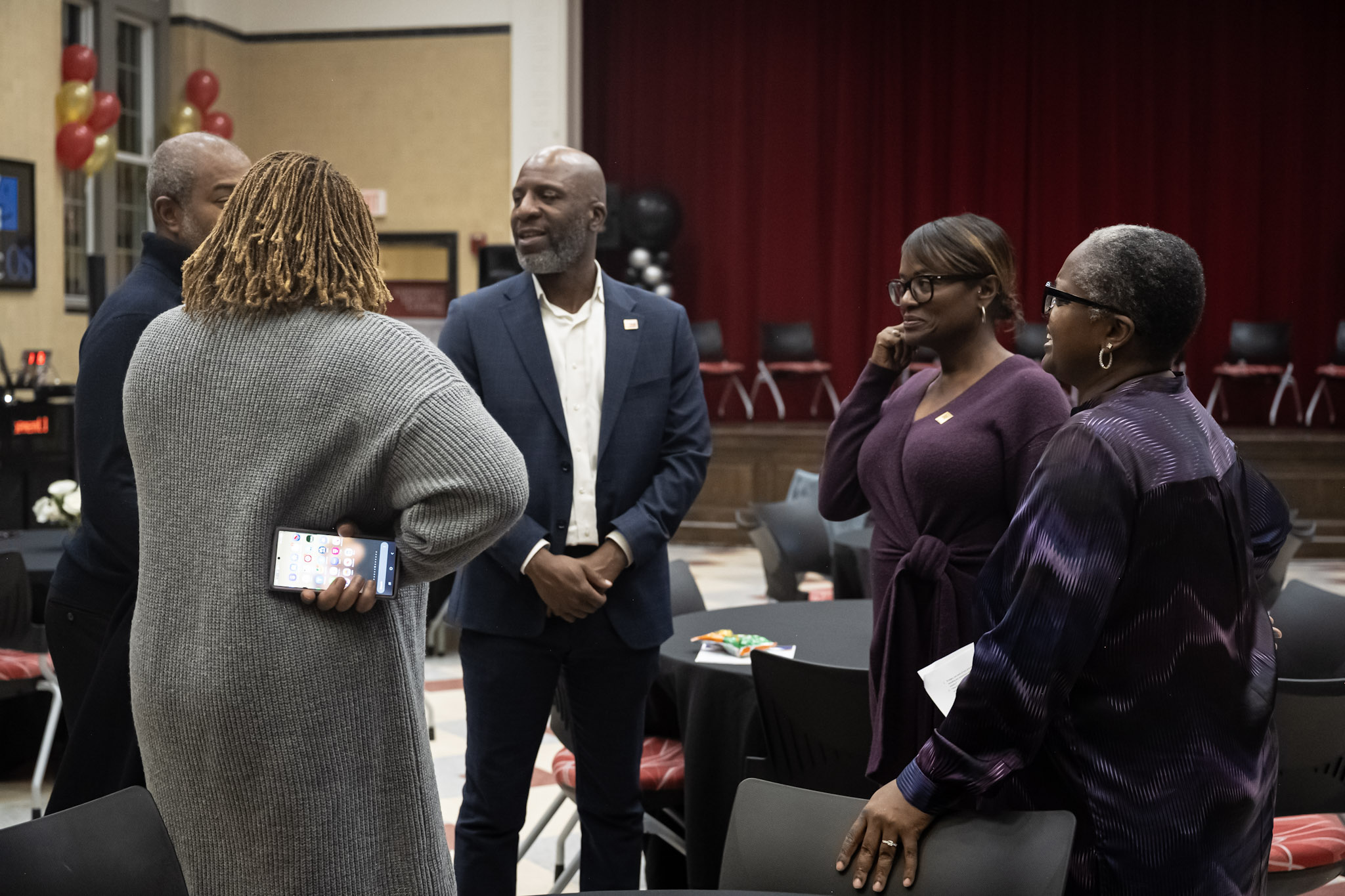
Intentionality Builds Cities: What the St. Elizabeths Update Revealed About Our Future
Intentionality Builds Cities: What the St. Elizabeths Update Revealed About Our Future
By Monica T. Ray
The update on the St. Elizabeths East campus—hosted by DMPED’s Director of Real Estate, Latrena Owens—did more than fill us in on construction progress. It reminded us that when leadership is intentional, and when community is centered in the work, real transformation becomes possible.
We met at the Old Congress Heights School, with neighbors joining in-person and online. This campus has carried the weight of decades of underinvestment, and the residents who showed up have lived every chapter of that story. But last night didn’t feel like the old story. It felt like the turning of a page.
A Billion Dollars Signals a Shift
The Bowser Administration placed more than $1 billion in public investment into Congress Heights—Cedar Hill Regional Medical Center, the state-of-the-art Men’s Shelter, the rebuilt roads and utilities, historic restoration, and the overall modernization of a campus that had been neglected for too long. This wasn’t random. It was intentional. It said:
Congress Heights is not an afterthought. It is a priority.
What We Saw in the Room Was the Result of That Intentionality
Instead of a routine project briefing, we were introduced to something unprecedented:
Five major development parcels—totaling $544 million in combined development costs—are being led by:
Minority-owned development firms
Women executives with deep expertise in development and construction
Highly skilled local CBE-certified companies
Architects, attorneys, engineers, and builders who have always had the talent but not the access
Teams committed to deeply affordable housing and mixed-income communities
These projects are comparable in scale to the Wharf development—let’s pause on that—but the difference is clear:
This time, the leadership is coming from the very ecosystem that has historically been locked out.
A New, Open Field—By Design
Mayor Bowser was intentional in her approach to equitable development. She did not rely on the “usual suspects” or legacy firms to determine the future of St. Elizabeths. She did the opposite—she widened the field so that developers of all sizes and backgrounds could compete and win.
That single policy shift created room for local excellence to rise.
Not someday.
Not after proving themselves elsewhere.
Right now. Here.
Community as Co-Author, Not Bystander
This is what happens when you center community—the actual people who live with the outcome of every policy, every building, every design choice.
Community isn’t a signature on a sign-in sheet. Community isn’t a vague concept.
Community is:
The parent at the bus stop
The elder who has seen three generations grow on these streets
The entrepreneur who wants to open a shop nearby
The teenager who wants a future here
The local CBE builder who now has a multimillion-dollar portfolio
The developer who lives in this zip code and understands its value
When community is respected as a partner, not a prop, you get work that actually reflects the place it serves.
A Blueprint for Other Disinvested Communities
What is happening on St. Elizabeths is not an anomaly. It is a blueprint—and one that other cities need to study carefully.
If we want to correct decades of exclusion, then communities like ours must have the chance to lead major projects.
Not as token partners.
Not as beneficiaries.
As architects of their own future.
The Moment We Are Living In
What I felt last night was pride. Real pride. Not because everything is perfect—there’s still work to do—but because the foundation has shifted.
This is what equitable development looks like.
This is what intentionality produces.
This is what community-centered redevelopment feels like.
We are witnessing a different kind of city-building in Congress Heights—one rooted in partnership, community, and shared power.
And this is only the beginning.,,,

